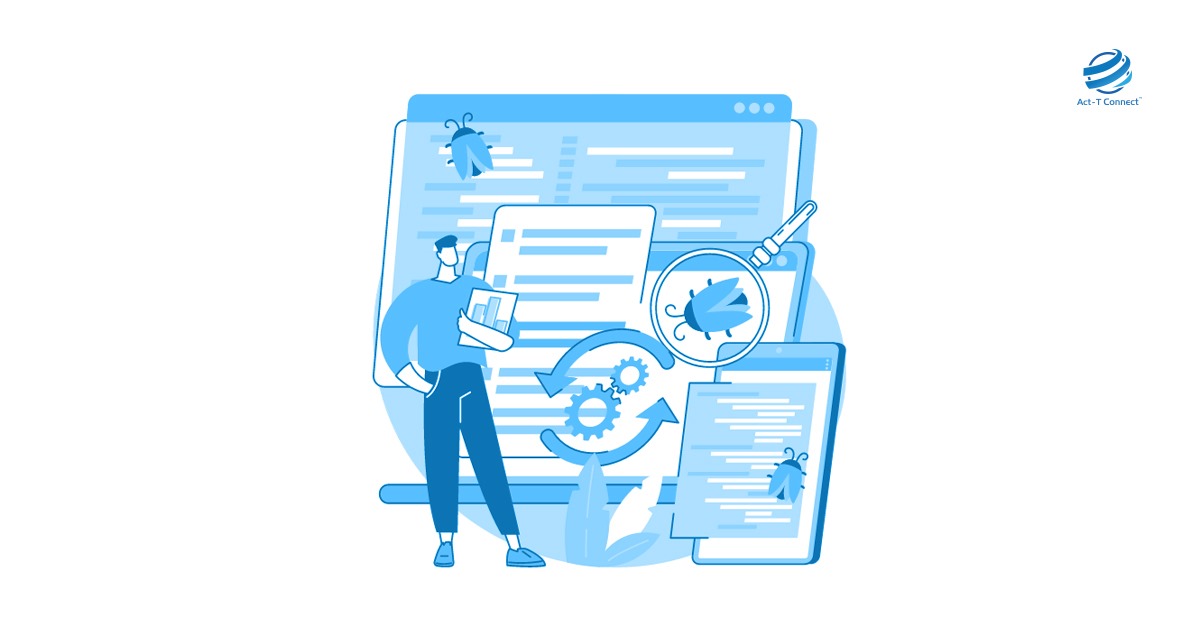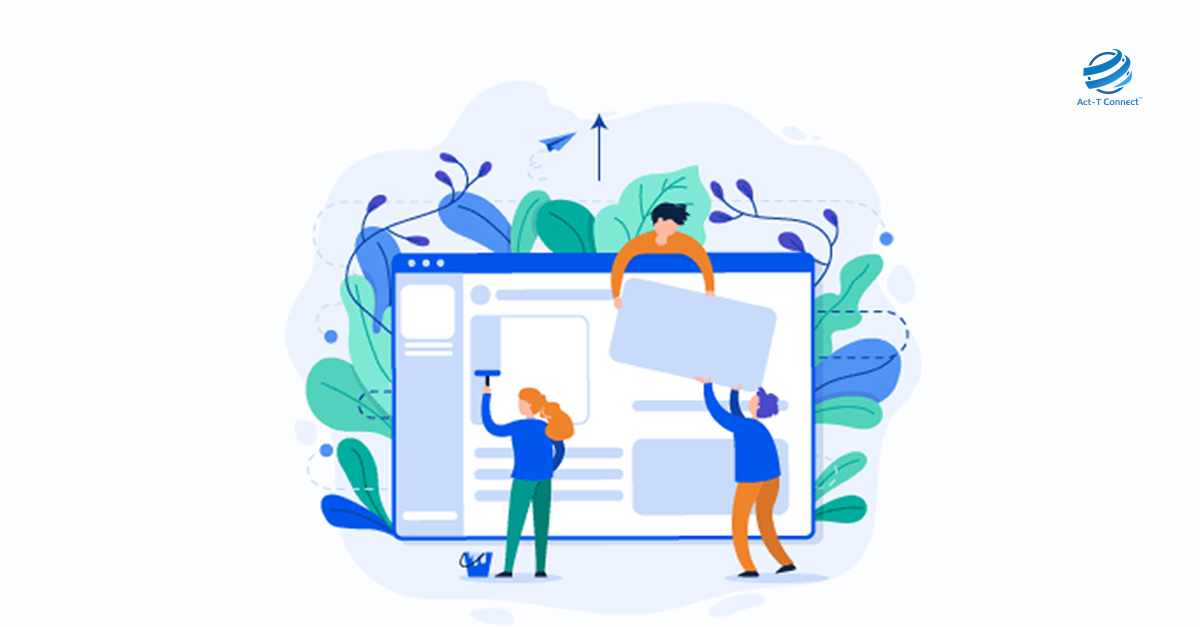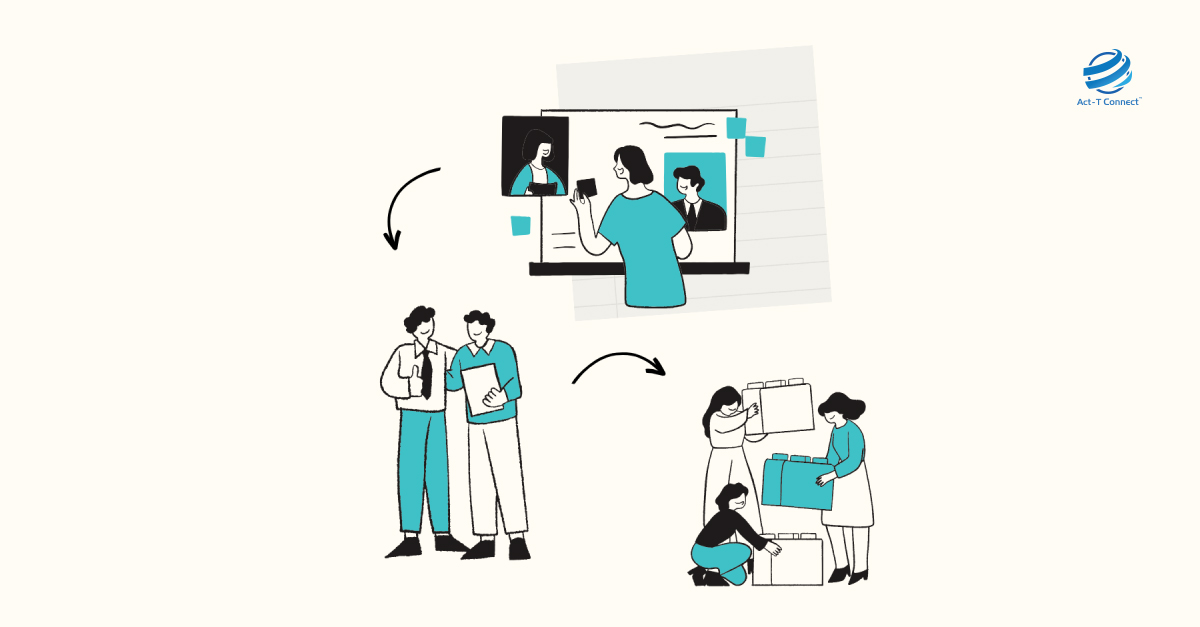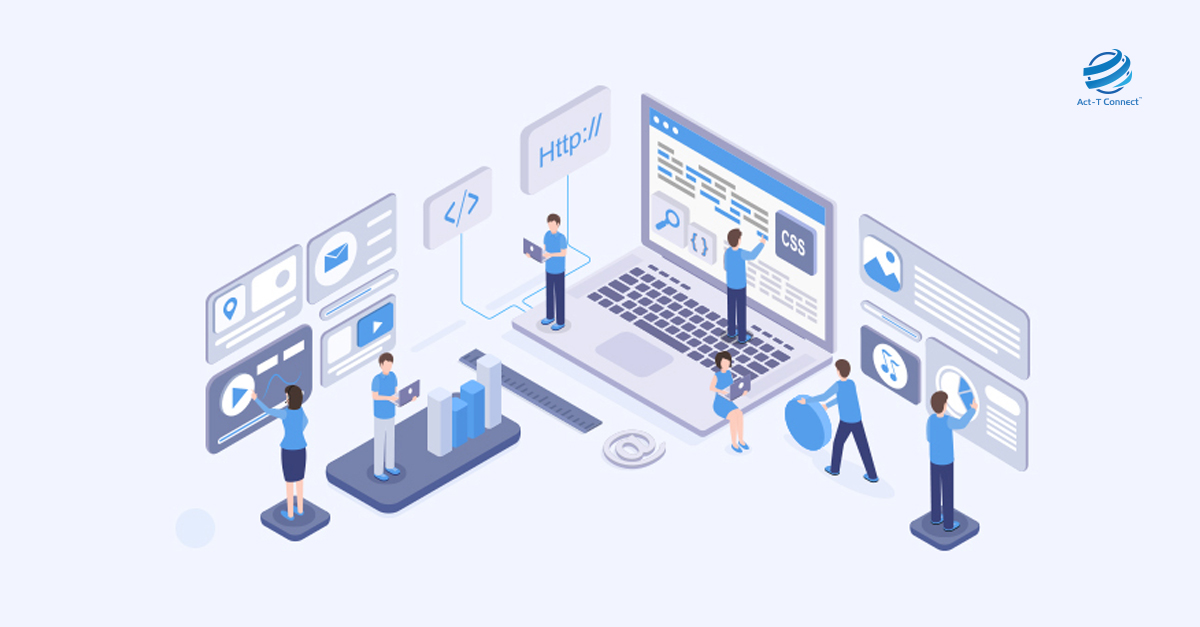
Every software development project has bugs, which are unexpected mistakes or flaws that prevent functionality. However, not every bug is made equal. Setting priorities for defects wisely is essential in the fast-paced world of testing to guarantee a seamless development process and high-quality software delivery. This is when knowing the difference between importance and severity comes in handy.
Severity: The Impact on Functionality
A bug's technical influence on the functionality of the software is referred to as its severity. In essence, it responds to the query: How seriously does this bug damage the program? The typical severity levels are broken down as follows:
- High: The problem completely crashes the application or renders a critical capability useless. This is an important matter that has to be addressed right now.
- Medium: The bug seriously impairs functioning or seriously messes up a crucial workflow. Even if it's not urgent, it should be fixed as soon as possible while the project is being developed.
- Low: There is a slight visual differences or discomfort caused by the bug. The user experience may be impacted, but fundamental functionality is unaffected.
Priority: Addressing Bugs Based on Context
Priority, on the other hand, takes the bug's larger context and project impact into account. It queries: How critical is it that this defect be fixed immediately? Among the variables affecting priority are:
- Businesses Impact: Does the defect have an impact on revenue creation or a crucial company function? Bugs with a high impact come first.
- Release Schedule: Will there be a release date soon? Issues having a higher time sensitivity may take precedence over those that could cause the release to be delayed.
Impact on Users: How many people will be impacted by the bug? Issues that affect the user experience broadly may be more important. - Severity: Naturally, there is a factor in severity. Though not usually, high-severity bugs are given high attention.
The Priority vs. Severity Matrix
|
Severity |
Priority |
Example |
|
High |
High |
Login
functionality not working |
|
High |
Medium |
Minor data display issue on a non-critical page (may be
fixed later) |
|
Medium |
High |
Occasional
crash on a specific device due to a memory leak (may impact some users but
not all) |
|
Medium |
Low |
Typographical error on a rarely used page |
|
Low |
Low |
Minor
visual inconsistency in a menu layout |
Within the development team, being able to distinguish between severity and priority promotes effective communication. While developers can concentrate on resolving the faults that most immediately impede development or offer the greatest risk, testers can efficiently submit issues.
Software development teams can guarantee effective testing procedures, prompt issue fixes, and, in the end, the delivery of high-quality software that fulfils user expectations by becoming experts at the art of bug prioritization.






